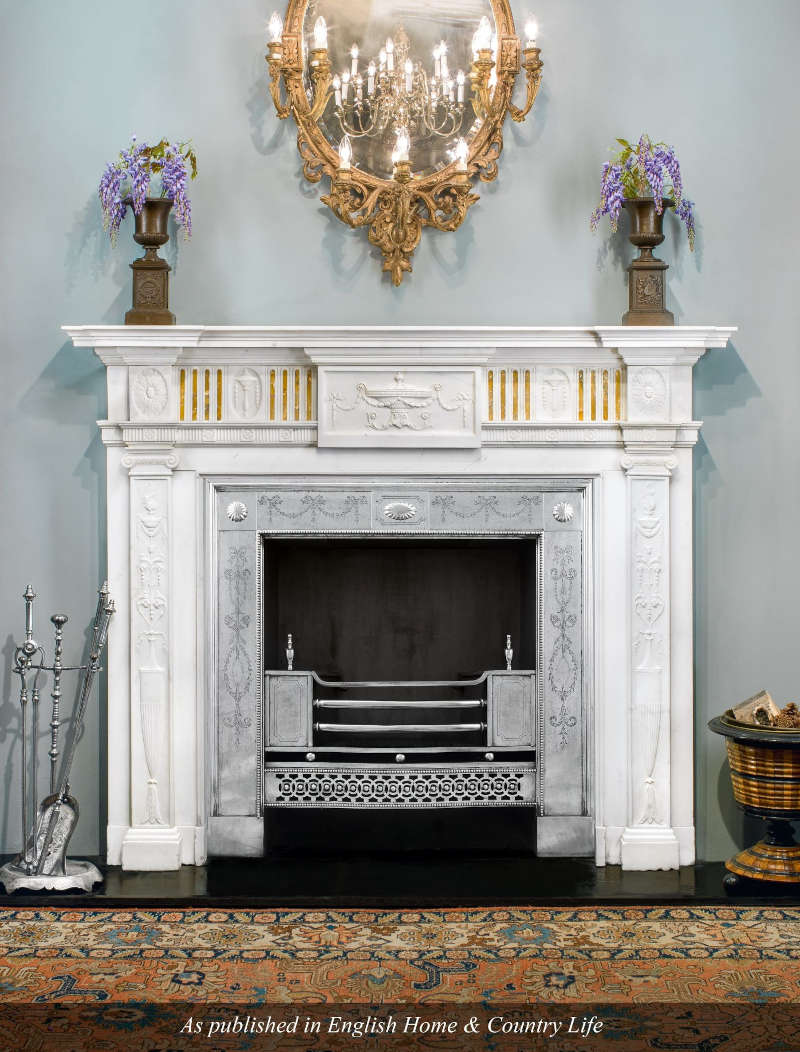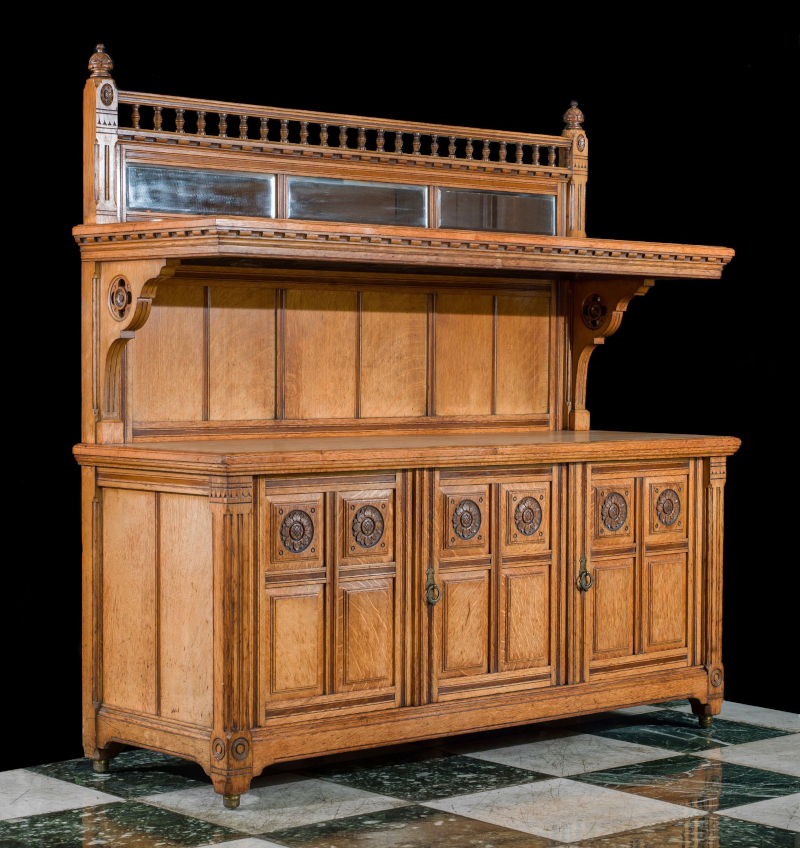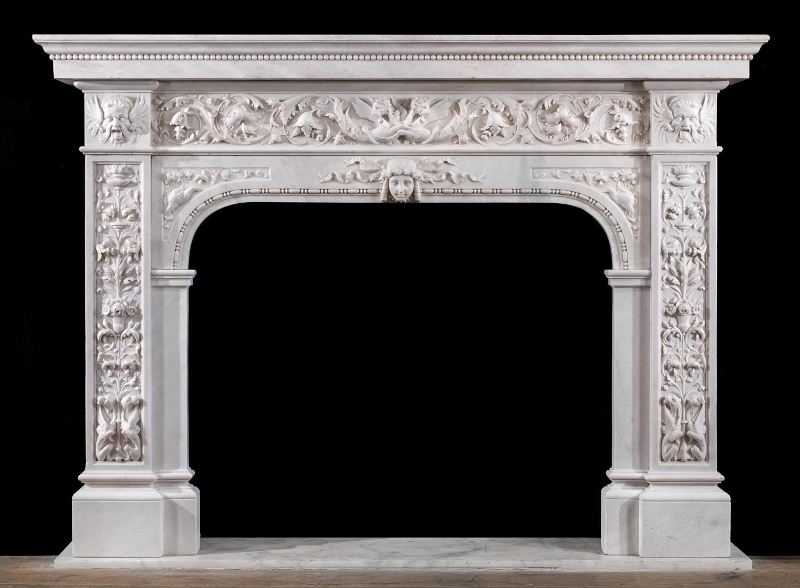At Westland, we’re fascinated by the history of interior design and in this article we look to provide an overview of its journey through time.
Before starting, it’s worth defining what is meant by interior design – as well as to set some parameters for our study.
The Cambridge Dictionary defines interior design as “the art of planning the decoration of the inside of a building such as a house or office”.
Note, decoration doesn’t simply mean colour schemes and wallpaper – layout, choice of furnishings, and features such as antique fireplaces and windows also are considered part of interior design.
For this overview, we are going to focus on the earliest records of interior design in the ancient world and then shift our gaze to medieval Europe and beyond.

× 
What is the function of interior design?
Throughout history, humans have sought to make their homes and buildings a practical and aesthetically pleasing environment
The above question is rooted in the earliest examples of interior design in the ancient world.
Take the prehistoric Skara Brae settlement, for example. Remote and exposed to the elements in the western Orkneys, there can be little doubt that this was a challenging, even extreme, environment in which to establish a village.
But despite likely hardships, archaeologists have revealed that inhabitants took time and care in making their homes comfortable and aesthetically pleasing. This is demonstrated by central hearths, beds cleverly incorporated into walls, a range of Stone Age furniture and signs of inner wall painting.
Why? The answer relates to the function of interior design. Throughout history, humans have sought to make their homes and buildings a practical and aesthetically pleasing environment – there is an innate desire in human nature for this, demonstrated by the history and development of interior design.
History of interior design in the ancient world
It is impossible to separate Egyptian wall art from religion and society. The Gods and the life-giving Nile play a central role, along with images of Egyptian flora and fauna
Let’s shift our focus to Ancient Egypt, Greece and Rome.
Unlike the prehistoric Orkney islanders at Skara Brae, the populous of each of these renowned eras had a highly developed sense of culture and religion, as well as technological advancements that allowed for more complex and elaborate examples of interior design.
While few ancient Egyptian homes remain, temple complexes and monuments feature myriad examples of their interior aesthetic.
It is impossible to separate Egyptian wall art from religion and society. The Gods and the life-giving Nile play a central role, along with images of Egyptian flora and fauna.
Texture and colour appear to have been important, with an impressive range of shades and tones employed. It is believed that elaborate wall art not only served as a tribute to the Gods and nature but also reflected an inhabitant or owner’s wealth and status.
In ancient Greece, evidence of lavish interiors can be found across a range of former city states. Note the palace of King Minos at Knossos in Crete (supposed home to the Minotaur) where stunning frescoes abound, depicting scenes from nature and mythology.
Cretan and Greek interiors were not only centred on artwork, however. Rooms are consciously dispersed around courtyards and there is strong evidence that items such as pottery played an important role in internal layout and design.
Regarding the Roman empire, vibrant mosaics come to mind. But it’s also important to recognise how expansive use of materials and improving technology affected interior design.
Consider the propensity for marble seen from 30 BC onwards and the luxurious connotations of such a building material. It is in ancient Rome we see materials such as obsidian and malachite incorporated into interior design, as well as the first examples of glass windows.
It is evident that not only were there aesthetic considerations to interiors, but design was closely linked to religion, social status and technology.
Medieval Europe and interior design
Furniture was portable and functionable, and defence was valued above design when it came to the castles in which the aristocracy resided
Throughout the Medieval period, we see a range of influences and external factors impacting interior design.
At the outset of the period, luxurious interiors were uncommon. Romanesque and Moorish architecture were on show, but the transient nature of life in the early Medieval period meant less stock was placed on aesthetically pleasing interiors.
The Medieval period is notorious for its near constant state of war and militarised societies.
Furniture was portable and functionable, and defence was valued above design when it came to the castles in which the aristocracy resided.
Over time, trade, travel, and increased state stability brought about increased wealth, and the Church in particular showed a willingness to demonstrate its power and status via elaborate interior design.
Notably, wall hangings came to the fore. These vast tapestries were not only aesthetically impressive but helped insulate the cold rooms of medieval homes and castles.
The wealthiest might have looked to decorate their houses with ornately carved furniture, while Gothic influences were seen more commonly towards the end of the medieval period – often incorporating additional, perhaps surprising, influences from the Far East.
See below a Gothic Revival golden oak Victorian buffet:

× 
The Renaissance and beyond – five hundred years of interior design
As the Renaissance period began (c1500), we saw a decline in Gothic interiors followed by a fascinating period of development in interior design, spanning centuries
As the Renaissance period began (c1500), we saw a decline in Gothic interiors followed by a fascinating period of development in interior design, spanning centuries.
Some of the best known and most popular design styles in this time span are Renaissance, Baroque, Rococo, Neoclassical, Regency, Victorian, and Art Deco.
The influences on all these styles hark both to an interest in the perceived opulence of the ancient world as well as the contemporary context of the rapidly developing societies in which they were featured.
One of the most effective ways to understand the changing attitudes towards interior design and the styles that reached popularity is to consider the specific time periods in which these fashions emerged.
We talk in more detail about these specific periods and their impact on antique fireplace designs here.
Another way to grasp the interior design journey in this period is to look at a specific type of furniture and how it has changed over time. At Westland, we are specialists in antique fireplaces and offer over 750 pieces from various time periods.
See below an example of one of our fireplaces - a magnificent Italian fireplace from the Renaissance period:

× 
By viewing our Baroque or Rococo fireplaces, with their playful “risqué” style, and comparing them to our Neo-classical and Regency offerings, you will see a distinct development in terms of interior design style and material usage.
Conclusion: The history of interior design
The history of interior design is a vast topic and the subject of several extensive books. In this article, we’ve provided a top line overview of some of the key periods in which the journey of interior design is most evident.
Interior design is constantly evolving and as such, the past one hundred years has seen further fascinating developments in interior style.
If you would like to discuss the history of interior design or learn more about the specific time periods in which we specialise, please don’t hesitate to get in touch.